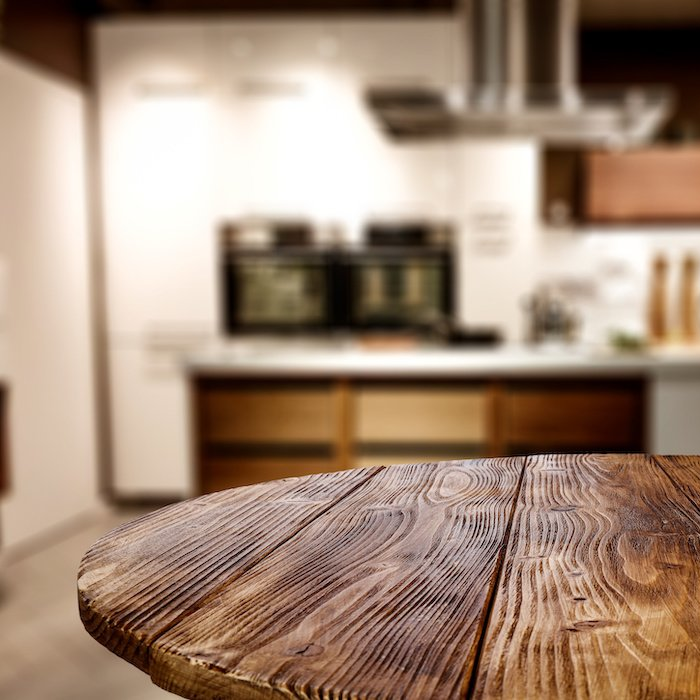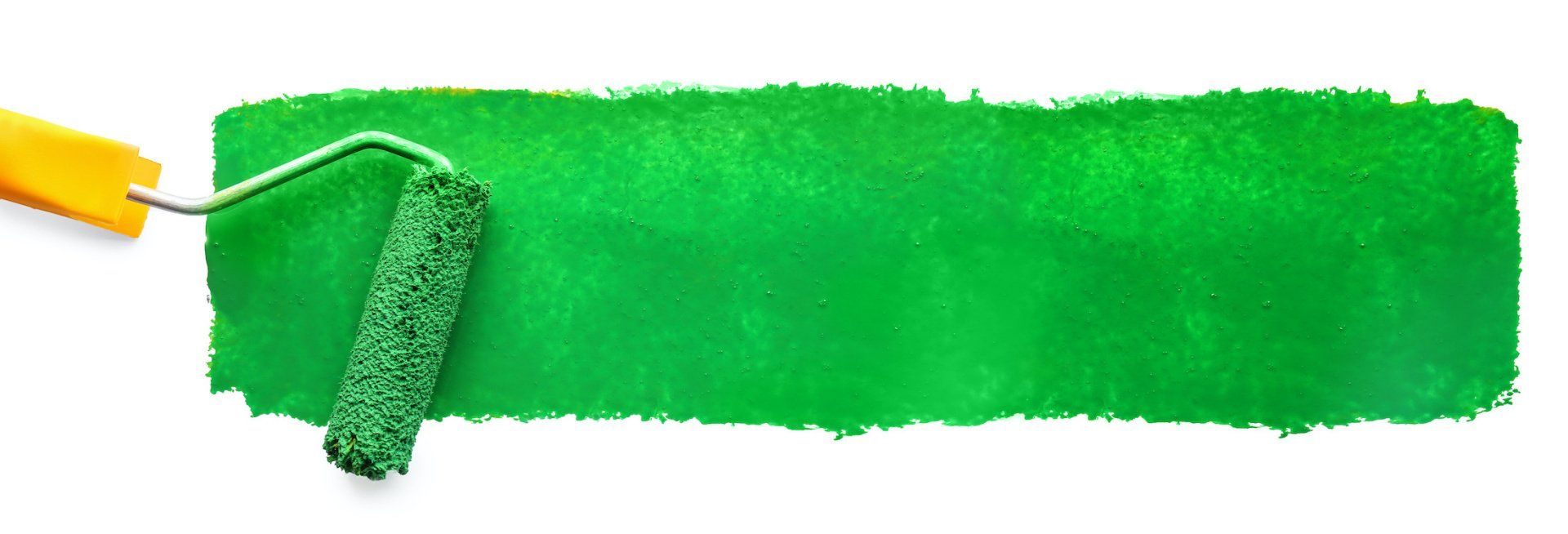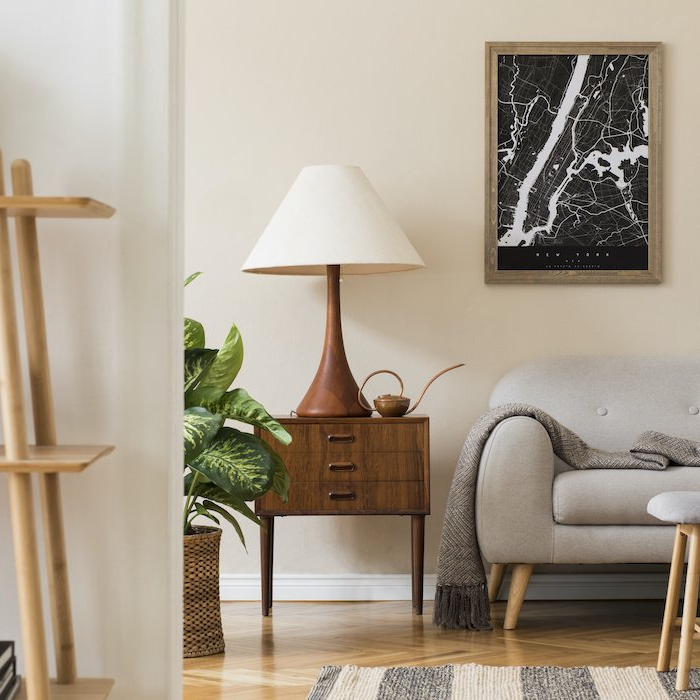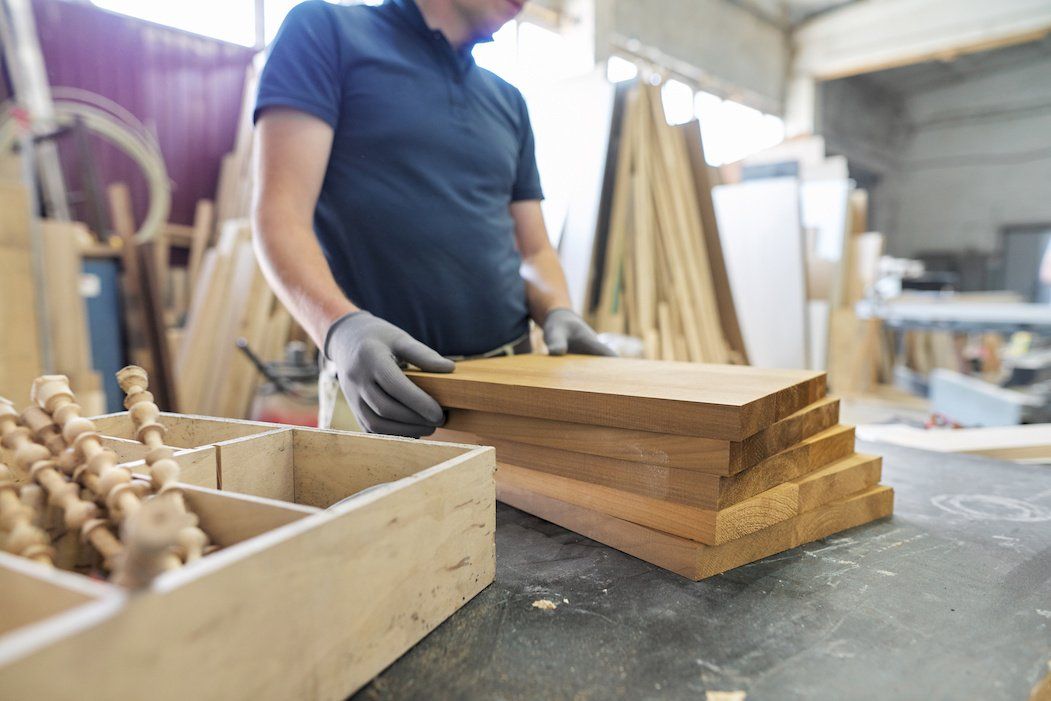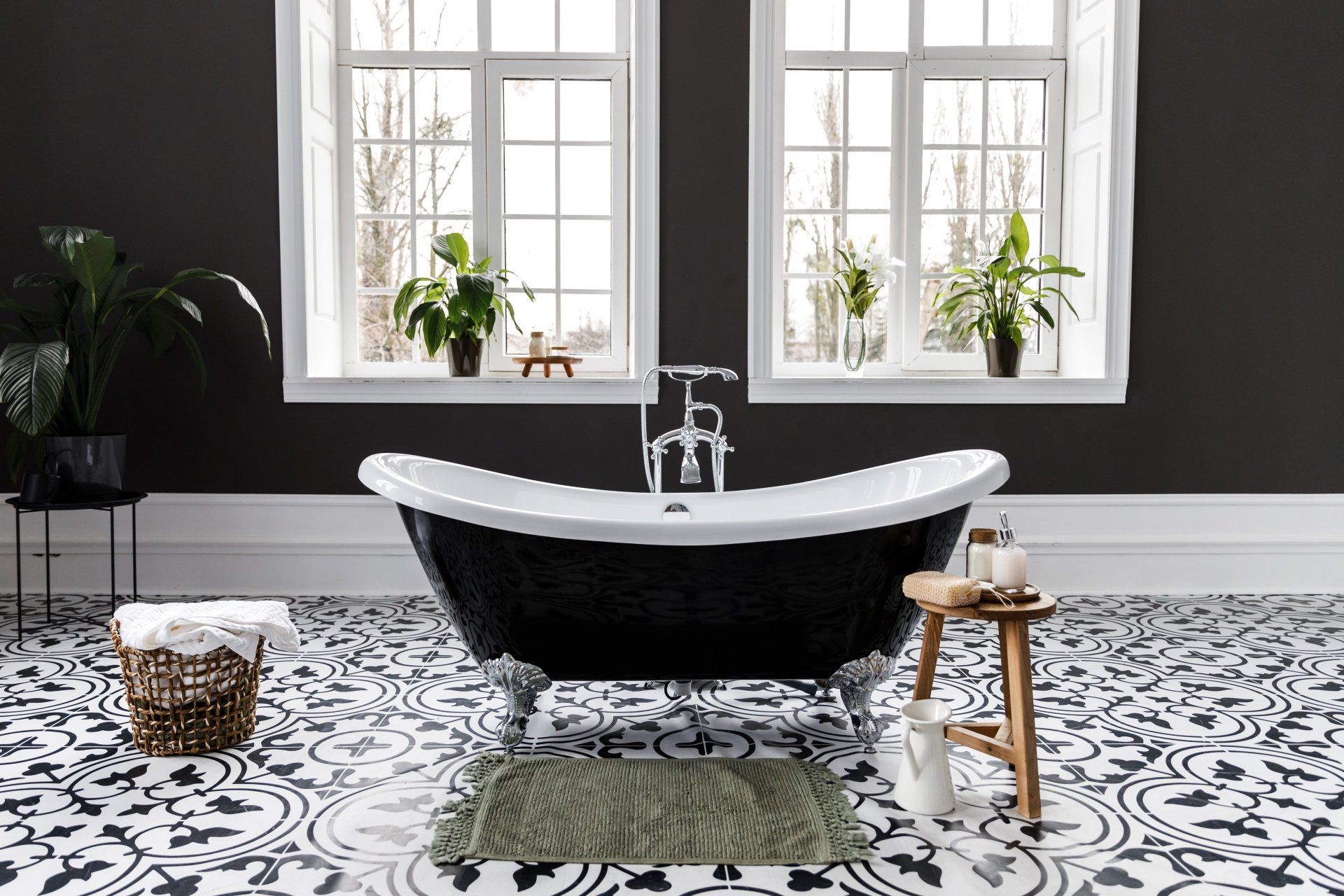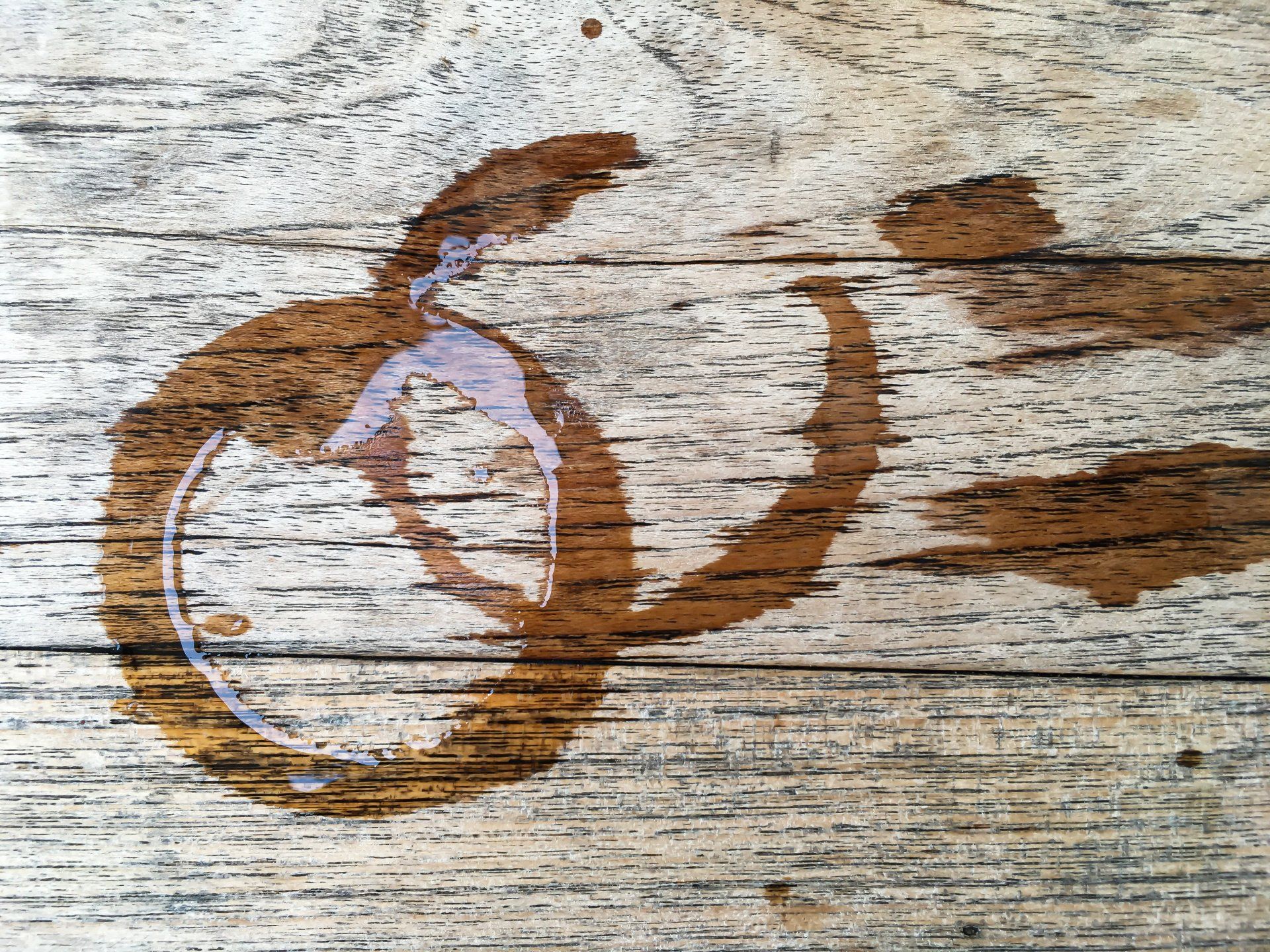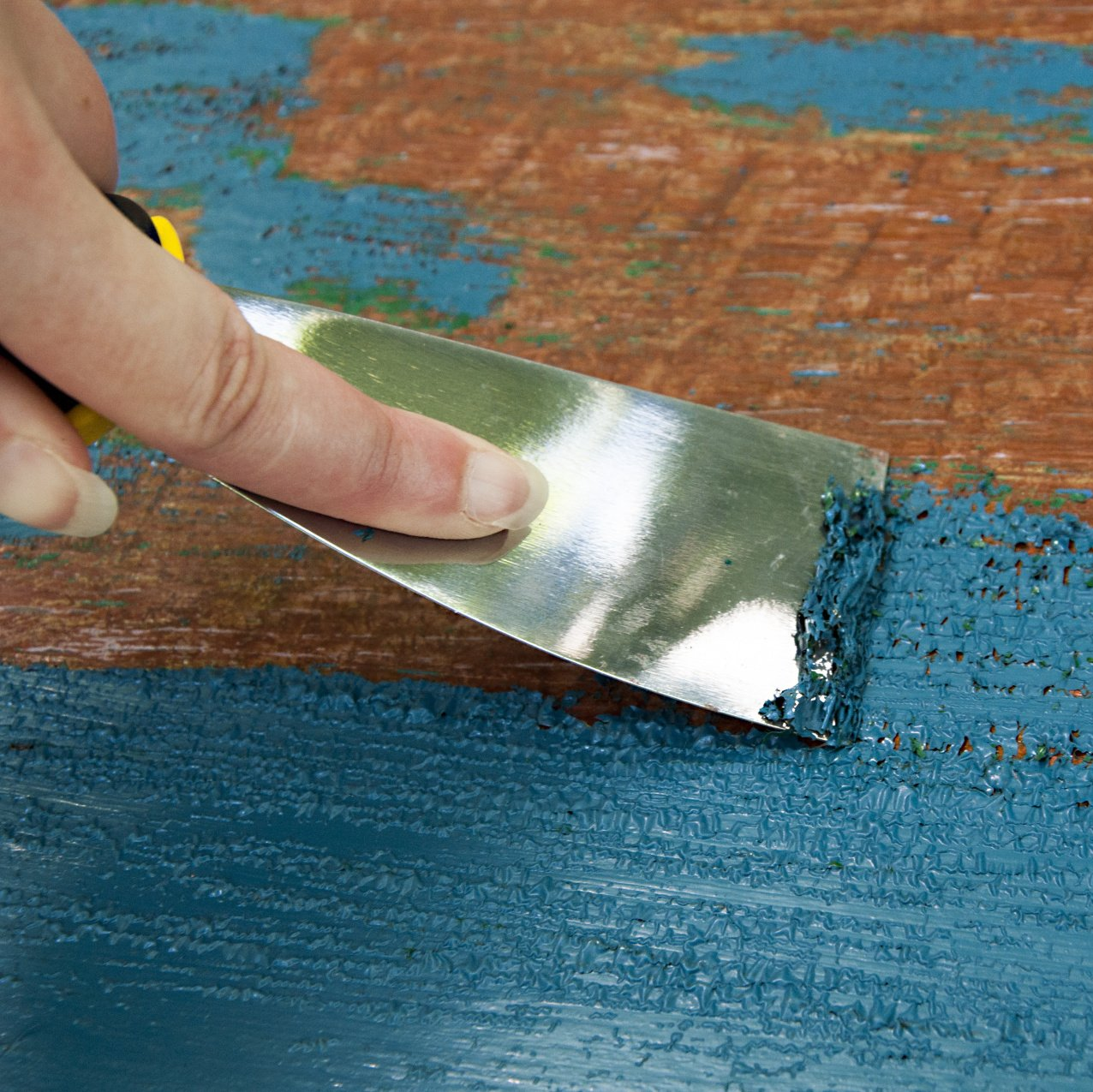Interior Home Painting Mistakes to Avoid
Sam Lutz • August 5, 2019
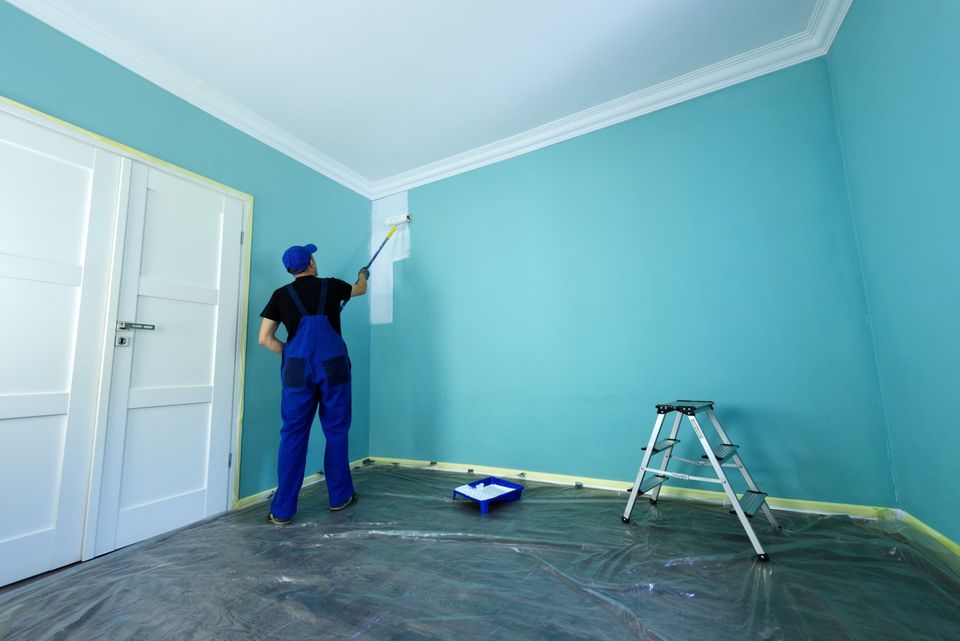
Paint projects are time consuming, and depending on project scope, also expensive. Small mistakes are costly to a beautiful end product, so it’s essential to learn how to avoid them. From pre-painting prep to the effects of various weather conditions, we discuss a few of the most common home painting mistakes to avoid.
Forgetting to Prep the Area
It’s Painting 101: Always prepare your workspace before diving into a painting project at home. From what you wear (old clothes are best) to protecting the area, make sure the stage is set. A few things to do before you begin:
- Prep the walls. Dust, dirt and hair stick to walls over time. To ensure that the paint glides on smoothly and evenly distributes, wipe down the walls with a water and vinegar solution beforehand.
- Define the paint surface with painter’s tape. Will you be painting near angled or framed areas, like windows or baseboards? Stick painter’s tape along any frame or borders, as well as barriers between the wall and ceiling. Apply the paint slightly over the edges for clean lines, but remove the tape before the paint dries to prevent it from peeling up with the tape.
- Protect flooring with drop cloths. Paint can stain anything, including flooring. Don’t compromise luxurious hardwood or expensive carpeting. Line the floor in the immediate paint area with the drop cloth (like an old sheet) to catch paint droplets or spills.
Not Using Primer
The walls are painted, you’re eager to be finished with such a time-consuming project...but it just doesn’t look right. Forget the primer? For a smooth finish, apply a coat of primer before embarking on a paint project. Primer helps paint adhere to walls cleanly and evenly, and even brings out its ideal shade as seen on a paint swatch. Several brands offer primer-paint 2-in-1 products, so the extra step isn’t necessary. If you’re painting the surface for the first time, however, it’s best to use two separate products.
Wrong Paint
Latex or oil-based paint? Flat or semigloss? Know what kind of paint to use in advance of a project to avoid disastrous results.
For instance, if the walls are already treated with oil-based products, a new coat of latex paint will crack once it’s dried. It’s fine to change paint type, but also a headache: oil-based paint needs to be sanded off before latex is applied. Makeup wearers can probably relate to another painting mistake, too. Just like using makeup over a pimple tends to make it stand out more, using a glossy paint over an imperfect surface (i.e. wood) highlights defects. Stick to flat paint in these cases, as light and shadow won’t catch as easily. Moreover, if you’re making a drastic color change, try a tinted primer first (like gray) when transitioning between a light and dark hue.
Temperature and Weather Issues
Ew, what is that slop? Oh no, it’s your can of paint! Extreme temperatures can ruin otherwise new paint, turning it into a compound that’s utterly unusable.
When painting in warm climates or embarking on an exterior paint project, be mindful of heat and humidity. Humidity plays havoc with water-based paints especially, slowing drying times. Straight up heat sometimes has the opposite effect: paint dries too rapidly while you’re spreading it, causing it to bubble. In either case, if you can wait to do the project, it’s best to put it off until conditions improve.
On the polar opposite of the spectrum (pun intended), extreme cold is horrible for paint. If cold temperatures are on the horizon, bring cans of acrylic and latex paint indoors to avoid freezing and ruining the product. Likewise, avoid engaging in a new project during freezing temperatures, as paint will not fully dry.
Turn to Ace Paints and Unfinished Furniture for Your Paint Needs
Getting ready for a major paint project? Turn to Ace to find the right product and color shade. We partner with suppliers of major brands like Sikkens and Benjamin Moore to provide quality water- and oil-based paints for every project. Stop by our Mount Lebanon or Peter’s Township locations
to browse our paint selection today.
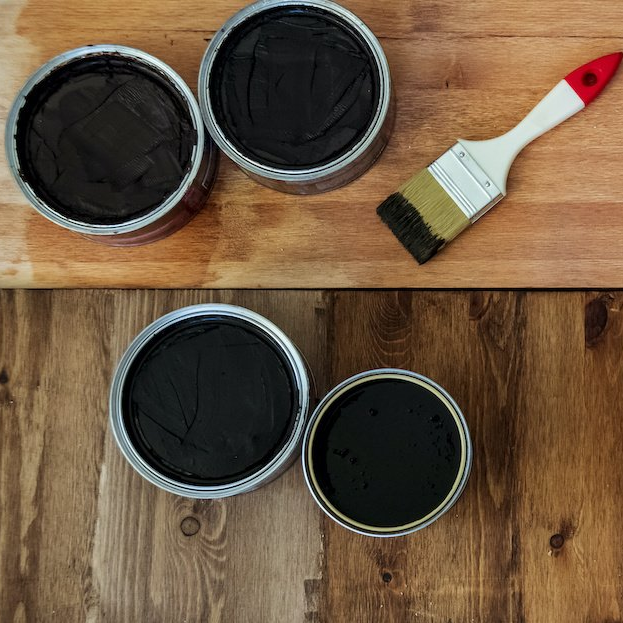
One of the wonderful things about good wood furniture is that it doesn’t have to be merely functional. It can be beautiful as well. We’ve seen some amazing pieces made with wood stains that are more than just furniture, they’re works of art. So if you’ve got an old table, desk or other piece of wood furniture that needs jazzed up, why don’t you consider using some of our great stains to try one of these ideas.

